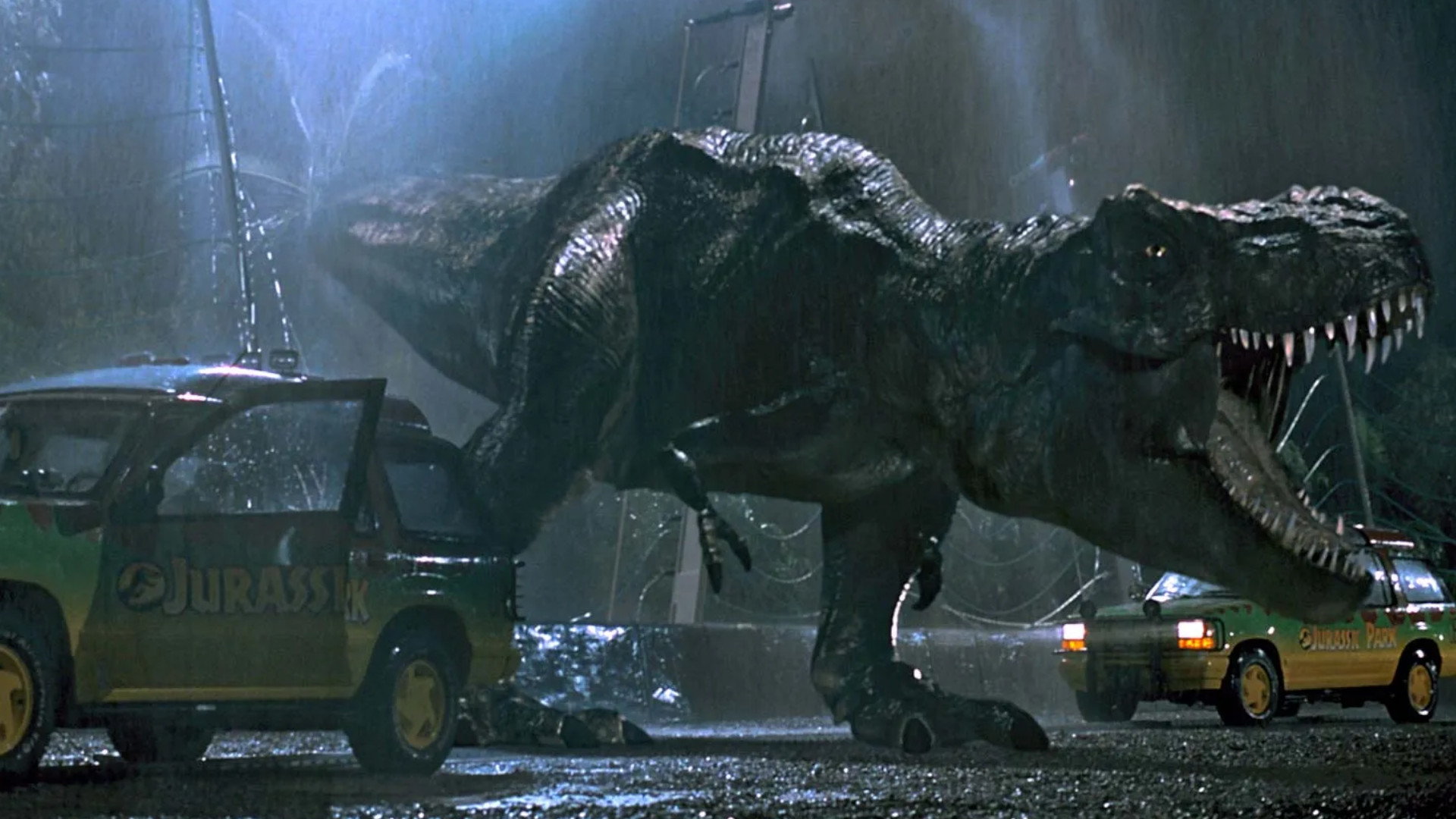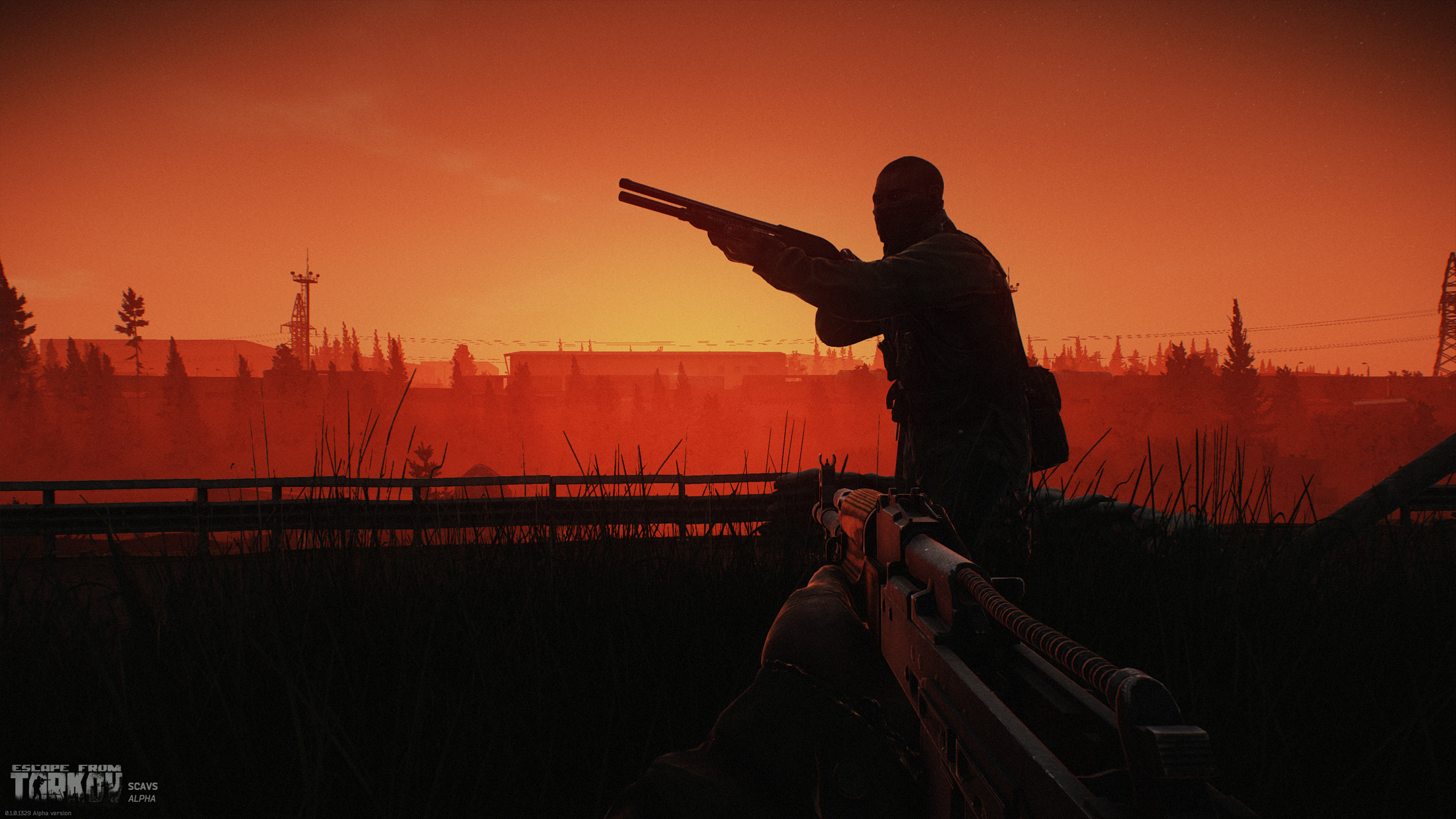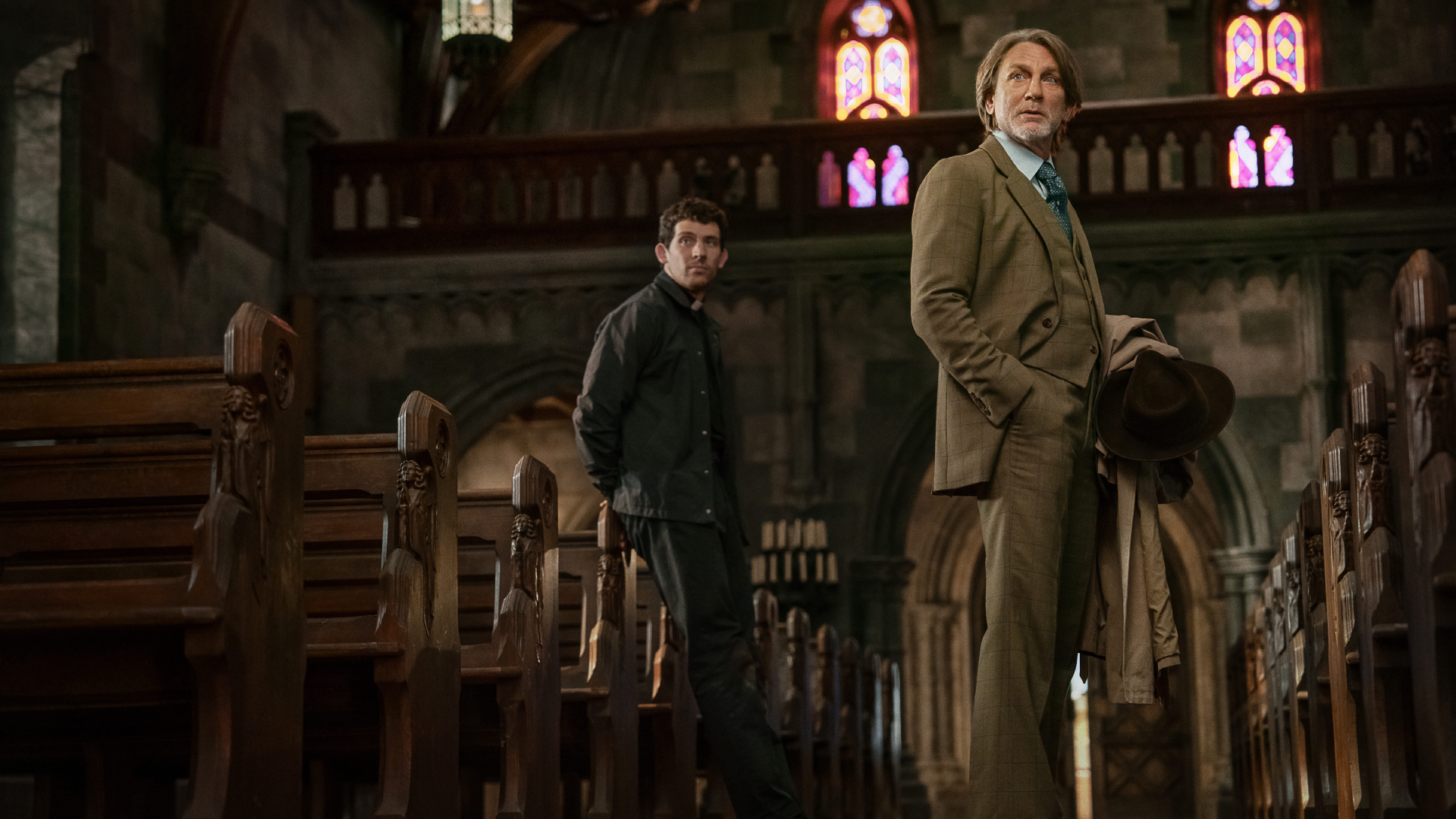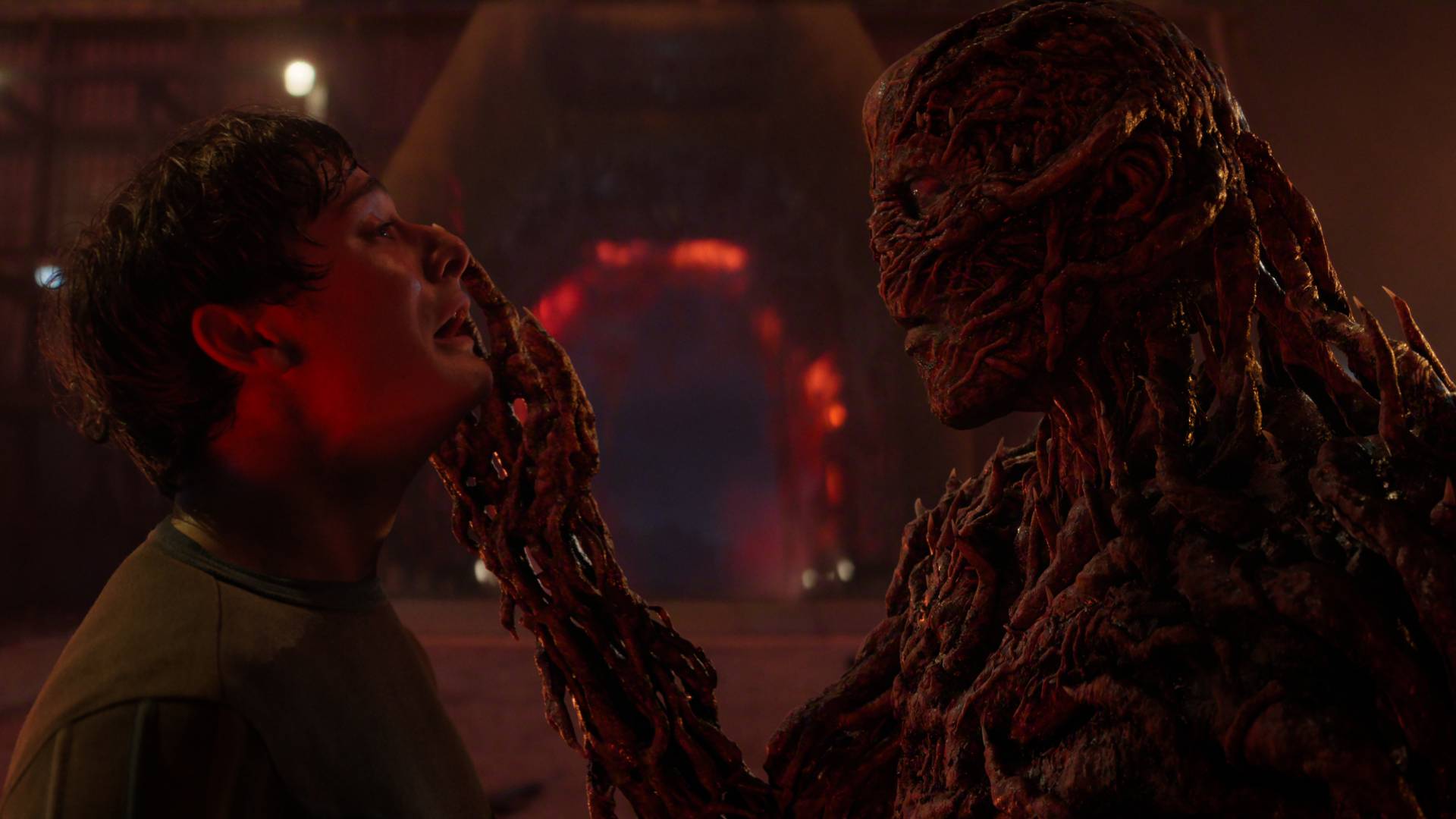32 years later, Jurassic Park's greatest legacy isn’t the Jurassic franchise, but the cultural overhaul of our idea of dinosaurs
OPINION | Jurassic Park brought dinosaurs back to life onscreen and evolved our sense of imagination regarding them

If there’s one franchise that exemplifies the modern blockbuster, it’s Jurassic Park/World. At its best, it’s not only driven by top-notch special effects but by a meditation on mankind’s relationship to nature and how hubris affects that. At its worst, it’s a hollow dinosaur smash ‘em up that barely feels scripted. But like the asteroid that swiftly ended the reign of the dinosaurs sixty-six million years ago, the original Jurassic Park has left a massive impact. And that legacy is arguably much more important than any line of sequels could be – Jurassic Park affected an entire cultural view of dinosaurs.
The Michael Crichton novel and the Steven Spielberg-directed film didn’t arise in a vacuum. Beginning a few decades before the film’s 1993 release, we were already in the midst of a “dinosaur renaissance” of sorts. This new dino boom period was caused by a variety of factors, like the widespread acceptance of a new extinction theory that said a chance rock from space had caused the end of the Mesozoic era, and the rising interest in the idea of dinosaurs as potentially warm-blooded, fast-moving and even intelligent creatures.
Movies, though, were taking a little while to catch up. With a few outliers, dinosaurs remained stuck in the position that special effects wizard Willis O’Brien had put them in in 1925’s The Lost World and 1933’s King Kong. They could be beautiful in their size, but it was a vicious and sometimes limited kind of beauty. The dinosaur existed to hunt and kill and eat (every once in a while, a herbivore was allowed to be a friend to children, but usually as a precursor to being devoured alive). The best films to come, including the work of O’Brien protégé Ray Harryhausen, stuck to this structure. With their tails dragging the ground, these really were “terrible lizards.”
Herd mentality

Jurassic Park was built around the idea of scaly verisimilitude, adhering closer to the fossil record and the recent discoveries than any film before it. Sure, it took copious creative liberties – to this day, paleontologists have to remind audiences that while, yes, the Tyrannosaurus Rex did not drag its tail, it could probably see you even if you stood still. But our vision of the prehistoric world was changed forever. These weren’t just swamp monsters. These were herds of Brachiosaurus and packs of Velociraptor (another reptile that’s quite a bit different from how it appears in the movie), each with their own behaviors. Dinosaurs were, above all, animals.
The films to come in its wake, including the supersized follow-up, The Lost World: Jurassic Park, took the baton and ran with it. 1998’s American Godzilla remake was a disappointment to many, lacking the effective symbology and nuclear terror of the Japanese classic. But from its marketing to its monster design, it was clearly meant as a leveled-up Jurassic Park. When it came time to reveal Godzilla’s progeny, they weren’t doughy little guys, but, well, Jurassic Park-brand Velociraptors. With much better results, Peter Jackson’s version of King Kong portrays dinosaurs with a similar kind of awe-inspiring diversity of look and habit. Even video games like the blood-pumping Dino Crisis found the Jurassic Park series as a muse.
Art based specifically around real-life was bolstered by Jurassic Park tugging cinema and special effects into a new era. When the BBC began to produce the now-classic Walking with Dinosaurs, it used Jurassic Park as a rough template for its ambitions. The follow-up series, ranging from Planet Dinosaur to Prehistoric Planet to the recent Walking with Dinosaurs reboot all seem to retain this spirit. They serve almost as informative chasers to the Hollywood shot: “Did you like seeing those dinosaurs munching on people and lumbering around a theme park? Check this out if you want the real deal.”

Jurassic World Rebirth release date, cast, story, and everything else you need to know
These series, like Jurassic Park films, come with paleontological advisors, some of which are part of what became known as the “Jurassic Park generation” of scientists. The idea that Jurassic Park might somehow irrevocably warp people’s views of these wondrous creatures was a little misguided. Instead, young, would-be paleontologists found themselves enraptured and then, when they left the theater, inspired. There was something endlessly appealing about the blended truths and fictions of the film, and only by learning as much as they could and then digging into the dirt themselves could they set it straight. As Alan Grant says in Crichton’s novel, “Paleontology was essentially detective work, searching for clues in the fossil bones and the trackways of the long-vanished giants.”
Driven by Spielbergian enthusiasm, this new “generation” set out for discovery.
With Jurassic World Rebirth hitting theaters on July 2, there’s a good chance that more than a few kids in the audience will be tempted to consider paleontology as a career or, at the very least, crack open a big book about dinosaurs. But even if the film sputters out like so many recent entries in other major franchises, the change has already occurred. Jurassic Park brought dinosaurs back to life onscreen and thus evolved our sense of imagination regarding them. Every time a Tyrannosaurus Rex triumphantly roars in a man-made rendition of the Cretaceous Period or some unlucky modern dwelling, it owes a bit to the landmark film. Extinction was only temporary.
Jurassic World Rebirth, starring Scarlett Johansson, Mahershala Ali, and Jonathan Bailey, roars into cinemas on July 2. For more, check out the upcoming movies heading into cinemas later this year.
Daniel Dockery is a writer for places like Crunchyroll, Polygon, Vulture, WIRED and Paste Magazine. His debut book, Monster Kids: How Pokemon Taught A Generation To Catch Them All, is available wherever books are sold.
You must confirm your public display name before commenting
Please logout and then login again, you will then be prompted to enter your display name.



